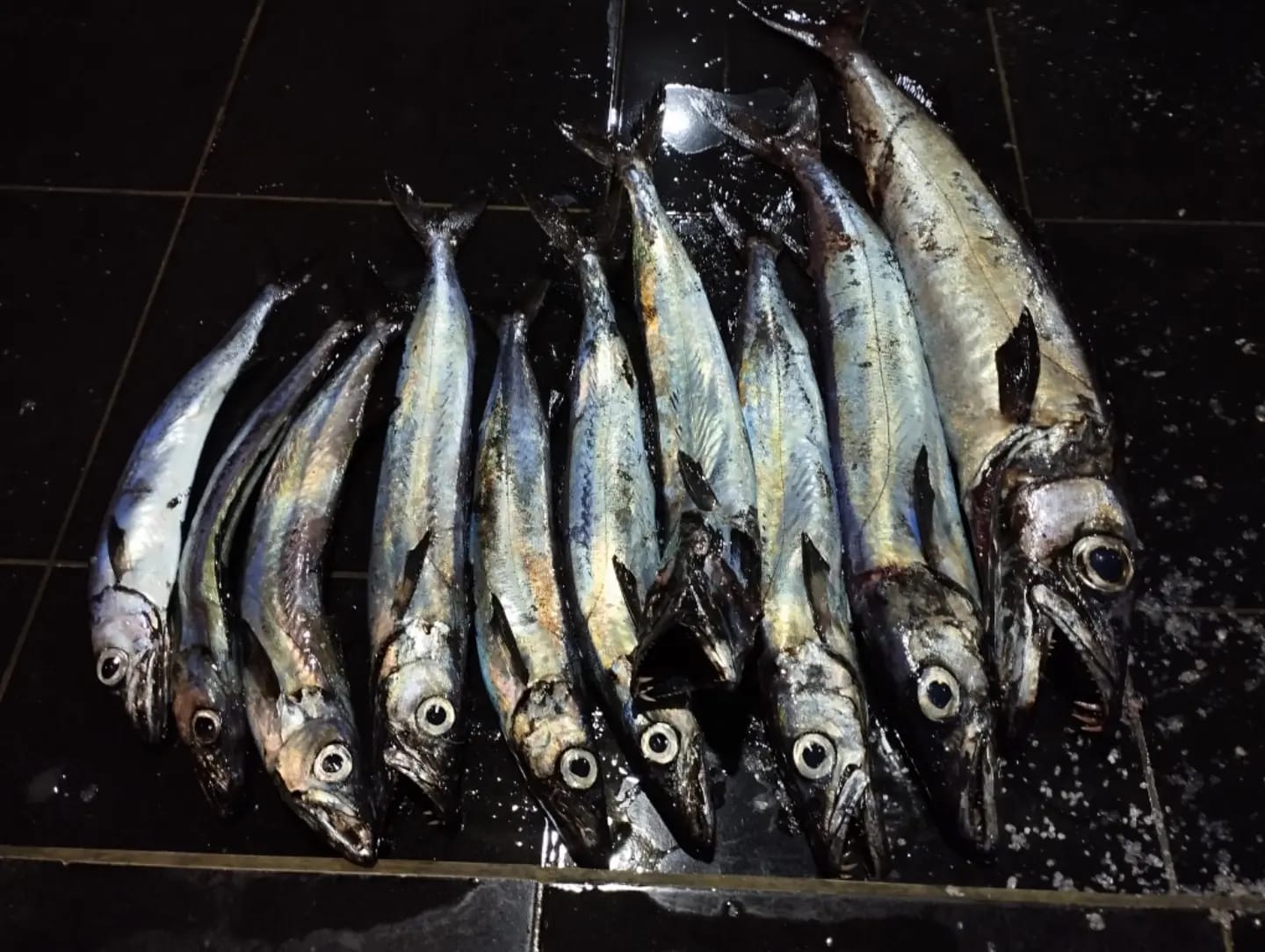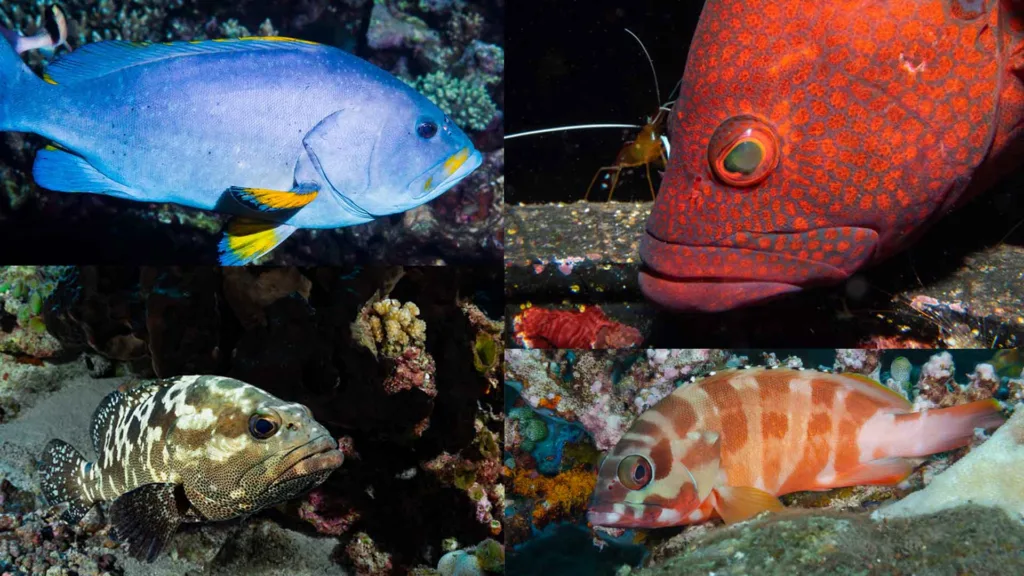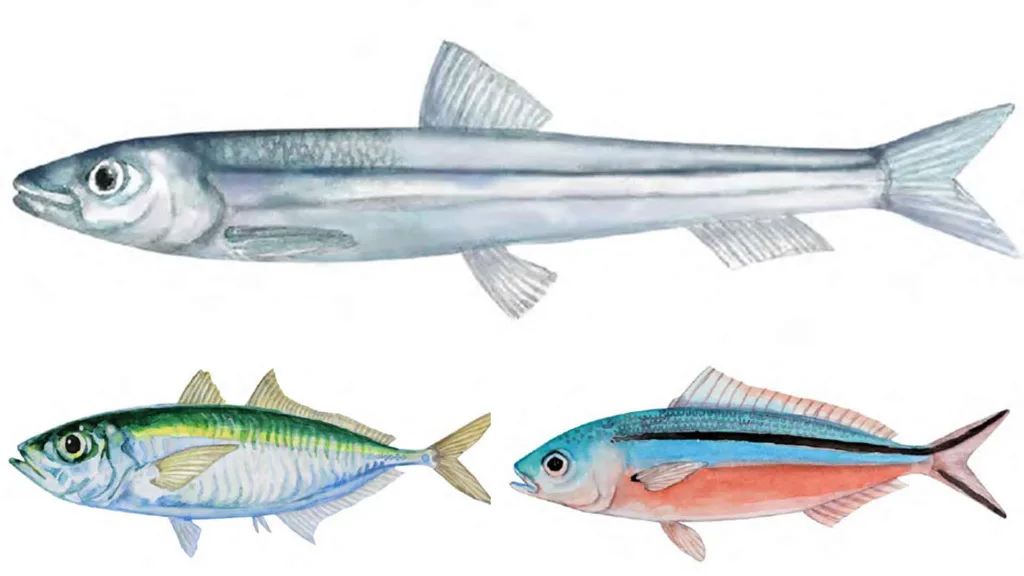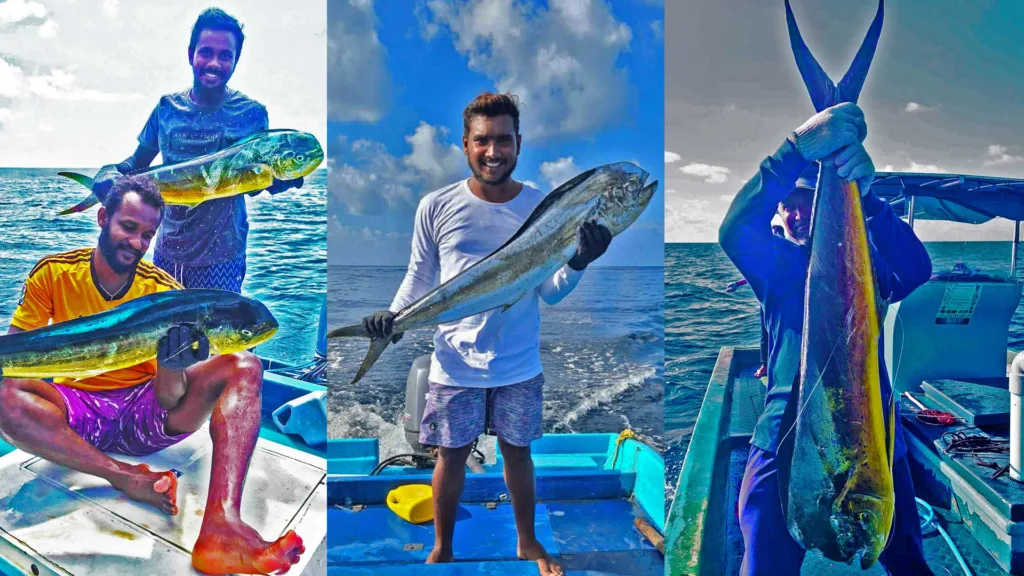
Promethean escolar, Kattelhi in our dialect, is a special fish found in the Fuvahmulah sea. In the early days on our island, Fuvahmulah, there were no metal jigs or modern fishing tackles available on it or in the Maldives. Preparing to go for catching kattelhi was daunting and involved multiple stages of tasks prior to setting off for fishing.
The fisherman’s first task was to cut the fibre (vaanaa) of sea hibiscus (dhigai). The thin fibres peeled from these trees were used to connect the hook of the fishing line and anchor the stones that would be sent to the bottom.
The first thing they had to complete was to smash huge sand corals into pieces. The chief fisherman of Bokkurraa, known as Keyoulhu, would determine the quantity of coral pieces required for preparation.
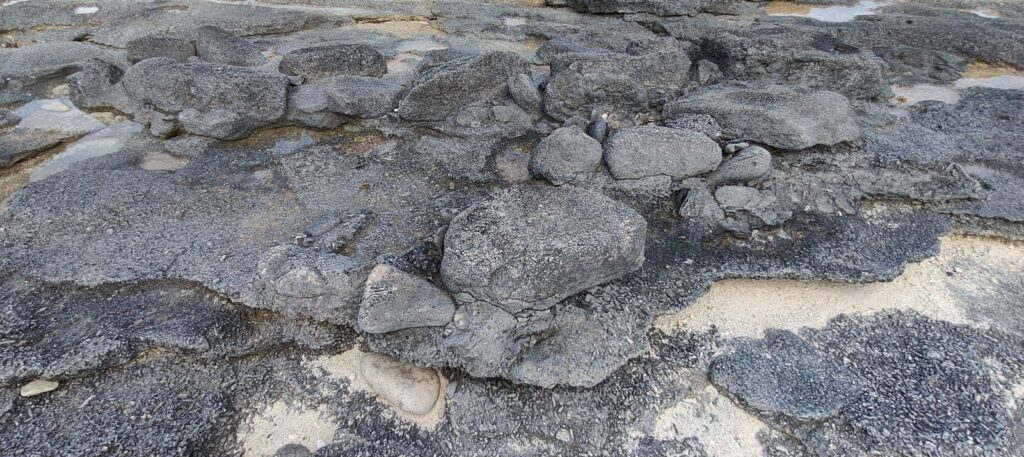
He would assign two people to this task. The two fishermen had to first book the ‘saudharaatha marotheyli’, a special hammer weighing 6 kg. There was only one hammer in our district, Dhadimago ward. It was located at the Abeage household. They would go to meet the owner of the hammer and book it. The rule was first-come, first-served.
When the fishermen received the hammer, they would rush to the beach area where the large sand corals were located. They had to smash the corals into pieces weighing a minimum of 3 to 4 kg. Typically, the chief fisherman would direct the smashing of 80 coral pieces.
The fisherman transferred the smashed coral pieces using mudeyshi, a woven bucket made of coconut leaves, to the beach where bokkoraa was aground.
Then it was time for the crew to set off to sea. Four people would be releasing the fishing line, including the chief keyolhu. A total of eight crew members would be on board.
One crew member would steer the rear oars (Dhekedefaali). They assigned one person to tie vaanaa to the coral pieces. In the central position of the vessel, there were two crews to propel two oars. Each side of the vessel attaches these two oars to itself. We call these oars bandofaali. Between these two individuals, one would secure the knot on the coral stones, while the other would extract the hook from the fish.
In the early days, our fishermen used flying fish or reef fish such as groupers as bait. They rigged the flesh of these bait fish by running the hook point through them at least twice, leaving the point exposed.
After the stone touched the bottom, they pulled up the fishing line to free it from the hook. The fishing line undergoes jerking movements to attract Kattelhi fish. Those days they caught 50 to 100 per bokkura. Nowadays, jigging is a popular technique to catch Kattelhi.
